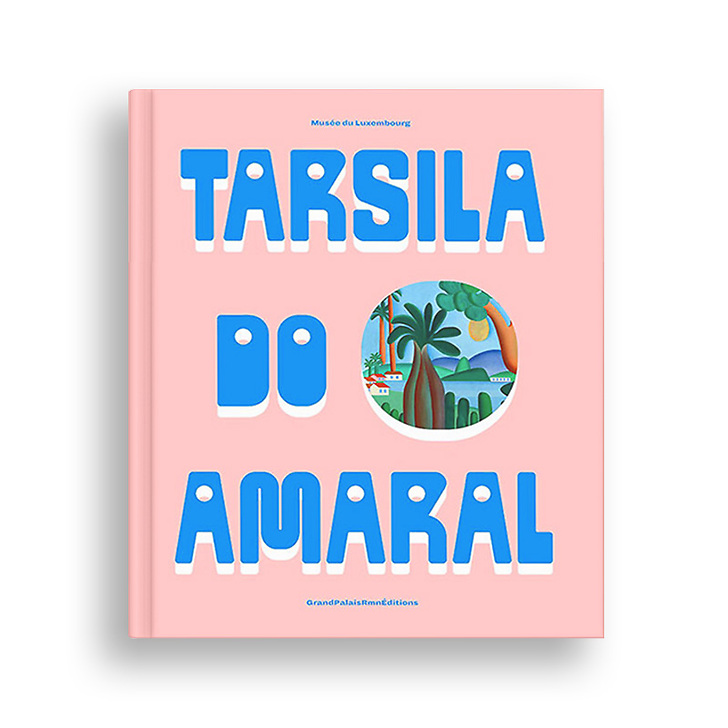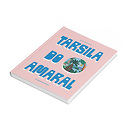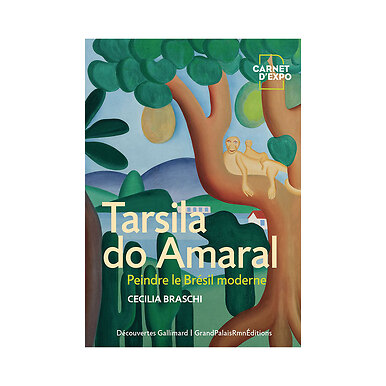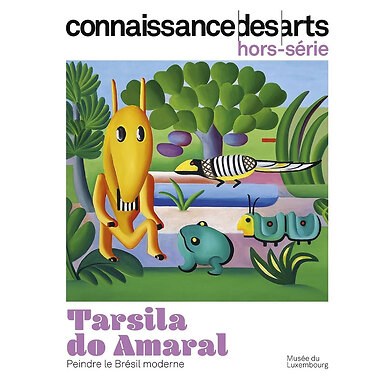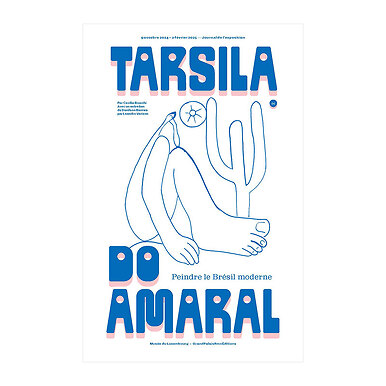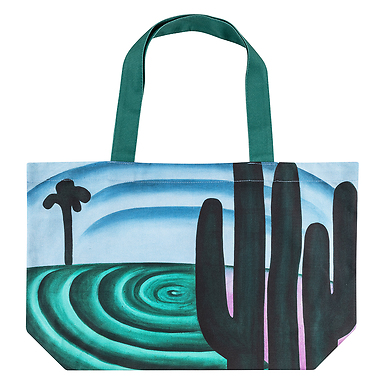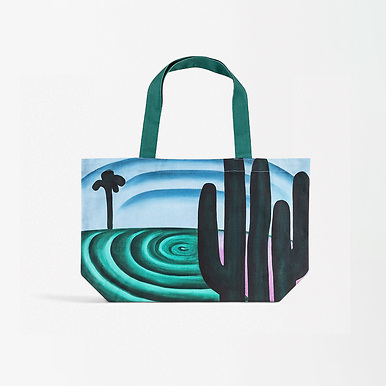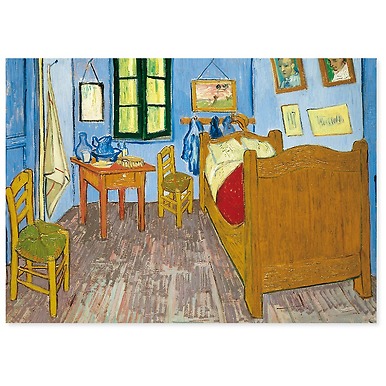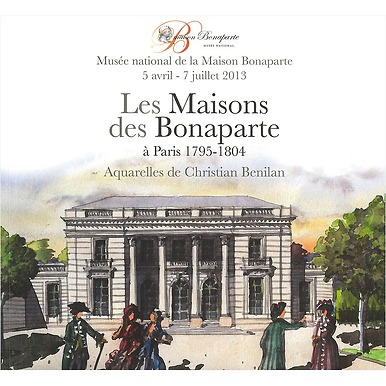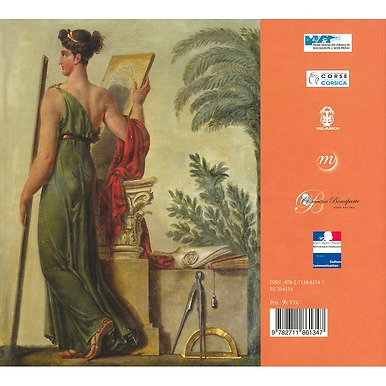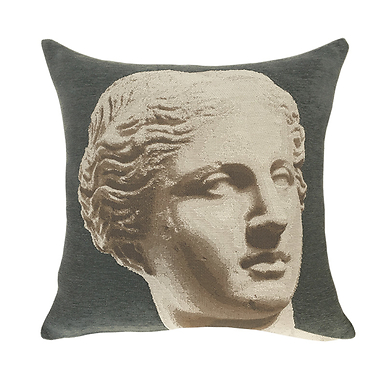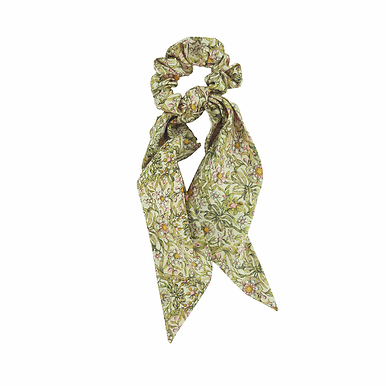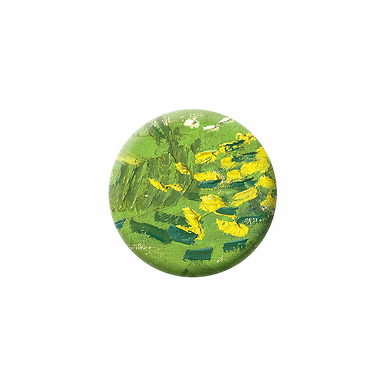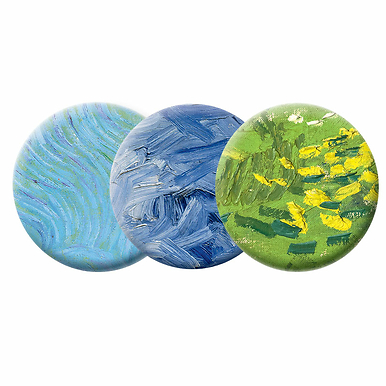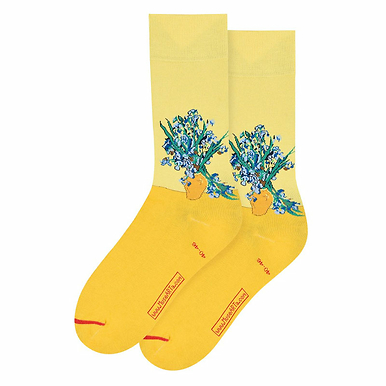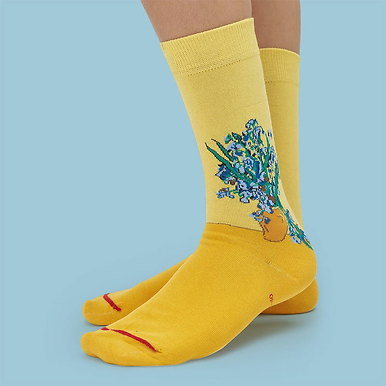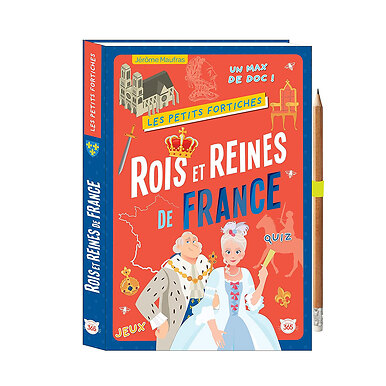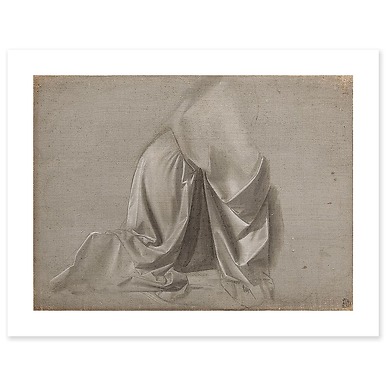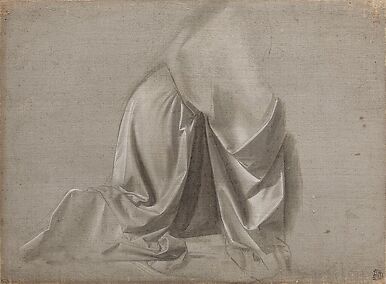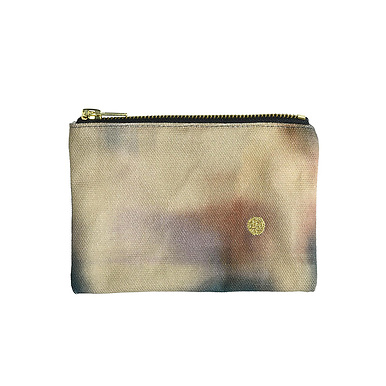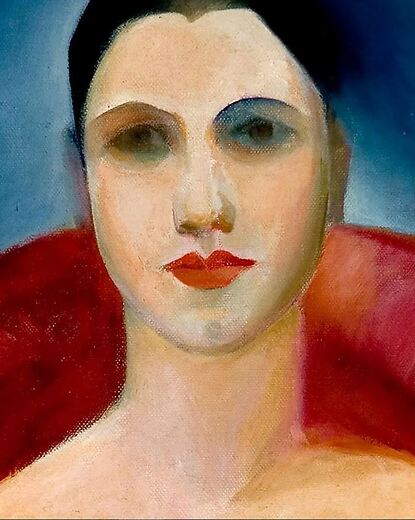Characteristics
- Number of pages
- 208
- Dimensions
- 24,5x29x2 cm
- Artist
- Tarsila do Amaral (1886-1973)
- Number of illustrations
- 160
- Museum
- Musée du Luxembourg
- Art movement
- 20th century
- Reference
- EC408021
- EAN
- 9782711880218
- Size of the book
- Bound full paper without cover
- Publication date
- 2 octobre 2024
- Diffusor
- EDITIONS FLAMMARION
- Distributor
- EDITIONS FLAMMARION
Our selection
 Reviews
Reviews
lautre_magda
2/7/25
Voilà un très beau catalogue d'exposition, me permettant de combler le manque des expos en visu,( difficile de plus en plus de me rendre à Paris pour profiter des expos qui m'intéressent, il est deven...Read more...
carnetsvoyageurs
1/19/25
J'attendais d'avoir vu l'exposition "Tarsila do Amaral, réinventer le Brésil moderne" actuellement au Musée du Luxembourg avant d'écrire ici mon retour sur le catalogue. C'est désormais chose faite ! ...Read more...
soletrvn
12/24/24
La couverture est agréable au toucher et les couleurs sont bien choisies, c'est vraiment un bel objet, qui trône joliment dans ma bibliothèque.
Le texte est hyper informatif, bien édité et on n'en ...Read more...
